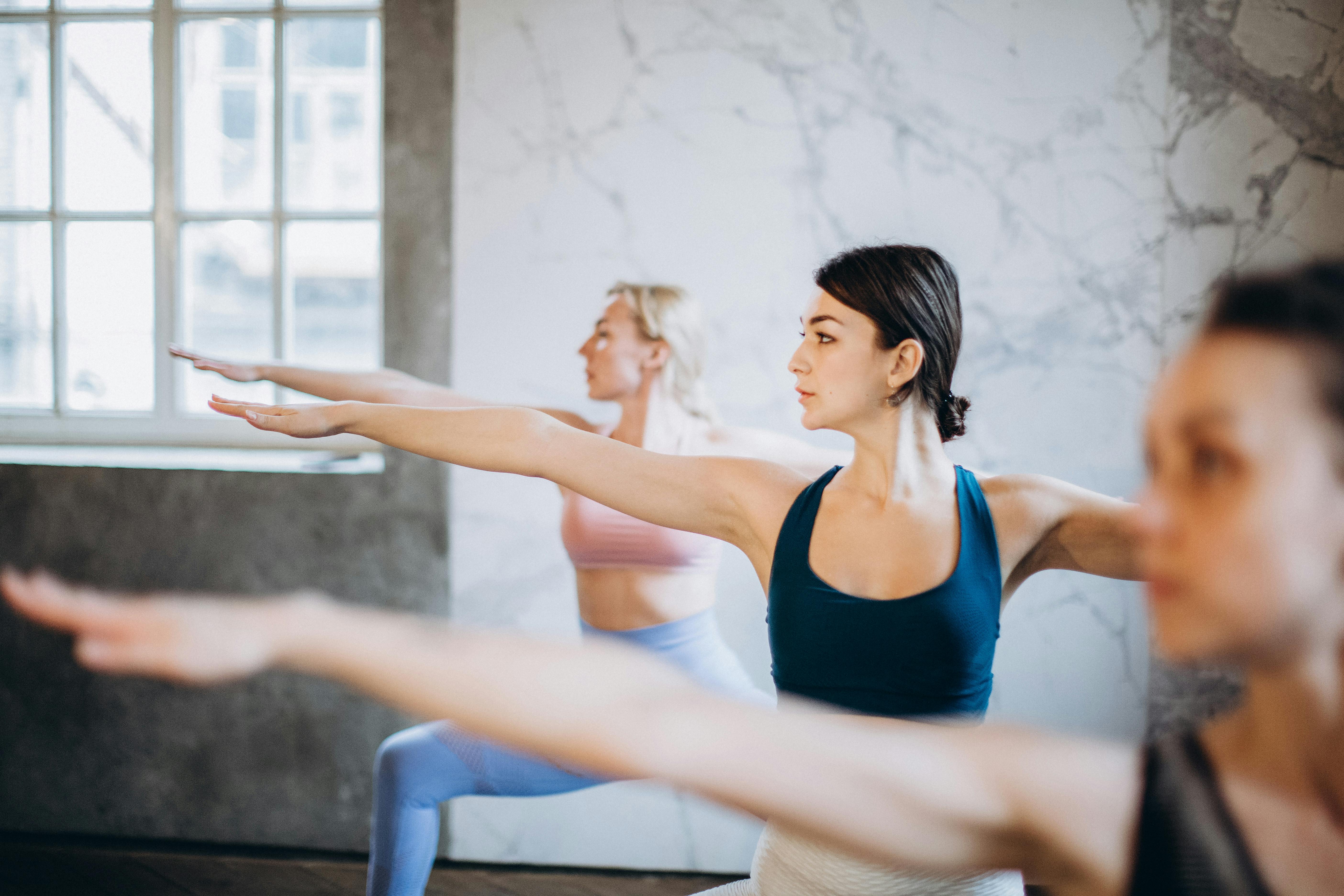With so many finally realizing that the key to health requires regular exercise, the treadmill industry is growing in an economy that isn’t developing so well. People are also discovering that they prefer to buy a treadmill for their homes instead of monthly gym memberships that they don’t get to use every day. With the following information provided, you should feel comfortable walking into a fitness store and discussing your options with an exercise professional.
Before you visit a store, you need to decide a few things before you are bombarded with many other options that will often confuse someone if you haven’t done a little homework. A couple of very important items on your pre-purchase checklist should be the following:
The pre-purchase checklist:
What do you want to achieve on this treadmill? run or walk
What is the purpose of the treadmill? Do you have a lot of weight to lose?
Are you looking to maintain current fitness levels?
Who will use this treadmill? What is the weight limit you must provide?
Where are you going to store the treadmill? Will there be a TV or stereo around? Do you need any of those features to be integrated into the treadmill?
Do you have enough space? Do you prefer a folding treadmill?
What inclines and speeds do you need? If you are an avid runner, you may need 12 or 15 MPH. If you’re just going to be walking on the treadmill, 5 to 7 MPH is usually more than enough. Do you use your incline for increased calorie burn? A minimum of 10% incline should be available on most treadmills.
All of these should have answers before you step foot into a high-pressure situation so you don’t pay for features you don’t need or won’t use.
Once those questions are answered, you can now narrow down your options even further when determining your budget. You may feel that with the money you are willing to spend, you should go for a full service company (delivery, setup, trained sales staff, etc) or after reading this article you will be so confident in your knowledge that you can go. to a Sams Club or Costco and buy a great machine with the exact features you need at a cheaper price. Whichever you choose, the most common price range is between $1,000 and $3,000 for a good home treadmill. That said, we need to get to the heart of the information.
The treadmill motor
The main components that will really affect your comfort and the performance of the treadmill are usually the internal components. There are several things you need to know about a treadmill motor to help you make your decision. The most important and most used component is the engine. Now when you buy a treadmill, you will see several different ways to advertise a treadmill motor. Horsepower is rated in several ways on treadmills, you will find “Maximum Duty”, “Continuous Duty” and “Treadmill Duty”. “Continuous Service” or CHP is the most important qualification to look for when considering one for your home. Peak Duty and Treadmill Duty are good to know, but for smooth, continuous training, CHP is the key information to know. The CHP should ideally range between 1.5CHP and 3.5CHP, the higher the stronger the engine.
The treadmill deck and belt
The next main components are the platform and the belt. These items are also used every time you turn on the machine. The cover is the wood or plastic around which the treadmill rotates while in use. The deck should be at least a quarter inch thick. Some treadmills offer a reversible deck, which means that once the deck is used on one side, instead of buying a whole new deck, users can reverse the deck and get a couple more years of use and save money. a couple hundred bucks in the process. There are several different types of covers on the market. Most treadmills offer a low-impact structure that will help reduce stress on your joints by up to 40% compared to walking or running on pavement. This benefit is one of the reasons why treadmills are so popular with people with injuries to their legs, back, etc. The cushioning is usually placed between the actual deck and the frame of the treadmill. Most of the cushioning material is plastic or foam. Many of the more expensive brands have very complex damping systems.
The belt is the part of the treadmill that you will actually be running or walking on as you exercise. There are the “normal” belts that will propel you through your workout, then there are the orthopedic belts that many either love or hate. The reason many say they aren’t worth it is because they are harder on motors. This is a personal choice for everyone, but the main things to consider are the width and length of the belt. A good 2-ply belt that is at least 18 inches wide and 48 inches long is the minimum you should consider when shopping. If you are a taller or wider person, you may want to modify these numbers according to what is most comfortable for you as an individual.
conclusion
With all the great and not so great treadmills on the non-commercial market, there are plenty of other options to choose from while shopping. You know what you need for your exercise regimen, and if you stick to the answers you gave on the checklist, you’ll be happy for years to come.




